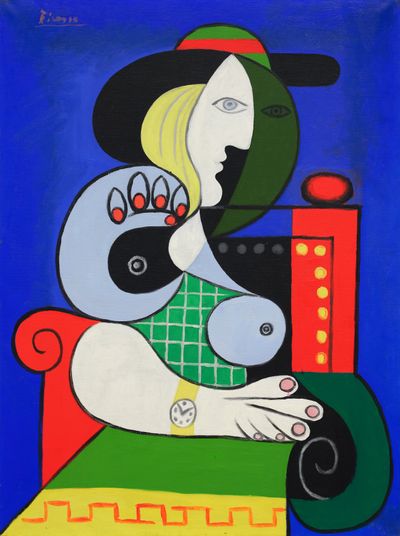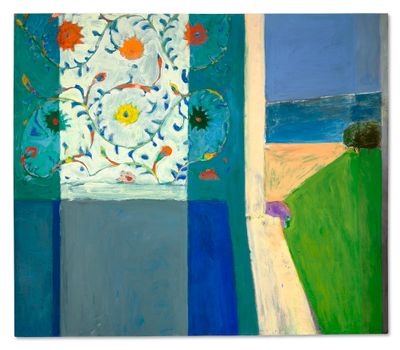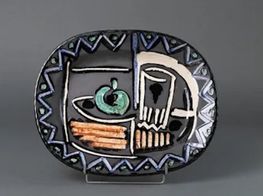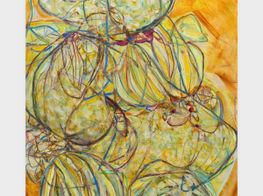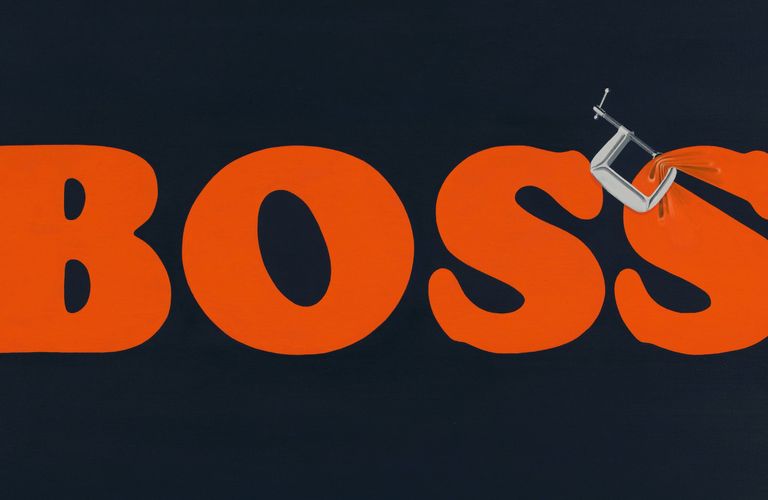
New York Pulls Through Tricky Auction Season
'Considering everything going on in the world, the market has been very resilient. Art seems to be something people embrace in difficult times,' Phillips Deputy Chairman Robert Manley said following the house's 20th Century and Contemporary art auction on Tuesday, 4 November.
This sentiment—that things could be worse—pervaded New York's Modern and Contemporary auctions this month.
On the whole, bidding was thin and the majority of sales fell short of presale estimates. Christie's 21st Century Evening Sale set the tone for the fortnight, hammering at U.S. $88.4 million (all sales figures are before fees), a considerable way off its $96 million presale estimate. Sotheby's Modern Evening Auction followed suit hammering at $190.4 million, failing to meet the expectation of $199.2 million, which was revised to $179.4 after nearly a fifth of the lots were pulled prior to the sale.
Phillips' two-part auction met a similar fate, falling just shy of its presale low estimate of $130 million with a collective hammer price of $128 million.
Yet, compared to the lofty estimates of New York's May sales, auction houses have done well to recalibrate expectations, and thankfully so, given that a number of the usual dead-certs failed to perform.
The pièce de résistance of Emily Fisher Landau's collection at Sotheby's, Picasso's Femme à la montre (1932), was picked up by guarantee at $139.4 million (including fees), which still amounted to a third of the sale's final tally of $351.6 million.
However, it wasn't all doom and gloom. Casting our memory back to the November auctions of 2022, we've seen positive year-on-year growth. Philips boasted an 11 percent improvement on the total sales figures across their two-part auction last year (it's second best in its history), while Sotheby's was up 10 percent.
Among the works with the most noteworthy results, Ocula Advisory's Rory Mitchell pointed to Richard Diebenkorn's historically important Recollections of a Visit to Leningrad (1965) at Christie's. An ode to Diebenkorn's love affair with Matisse, the painting marked a shift from figuration to his abstract window paintings.
Appearing on the market for the first time since it was originally sold by the New York gallerist Elinor Poindexter in 1969, it hammered for $40 million, wildly outpacing its $25 million estimate.
Ocula Founder Simon Fisher took note of Barbara Hepworth's sculpture The Family of Man: Ancestor II (1974), which, like the Diebenkorn, hadn't changed hands for close to 40 years. Completed during the last decade of her life, it sold at Christie's for $9.7 million, well above its estimate of $4 to 6 million.
A handful of other female painters (especially the young ones) found similar success, but it was ultimately Gagosian's Jadé Fadojutimi, who attracted the most competitive bidding. A Thistle Throb (2021) achieved $1.7 million at Christie's 21st Century Evening Sale, only to be topped at Phillips when Quirk my mannerism (2021) smashed a new record for the London-based painter, selling for $1.55 million ($1.94 million including buyer's premium). Her inclusion at Sotheby's completed the trifecta, with Teeter towards me (2019) going for $1.45 million at their Now Evening Auction on Wednesday, 15th November.
A new record was also achieved for New York-based Ilana Savdie when A High-pitched Complicity (2020) realised $201,600 at Christie's, while Jenna Gribbon's nude of her partner Regarding Me Regarding You and Me (2020) sold for $478,800, more than triple its high estimate.
Since the May auctions, we have certainly seen a subtle shift towards a buyer's market. Unrealistic expectations have been thwarted, and over-hyped numbers for emerging artists recalibrated, but there is still a healthy appetite for quality, both modern and contemporary. Next stop, Miami bitch!
Main image: Ed Ruscha, Securing the Last Letter (Boss) (1964). Oil on canvas. 149.9 x 140 cm. Courtesy Sotheby's.



